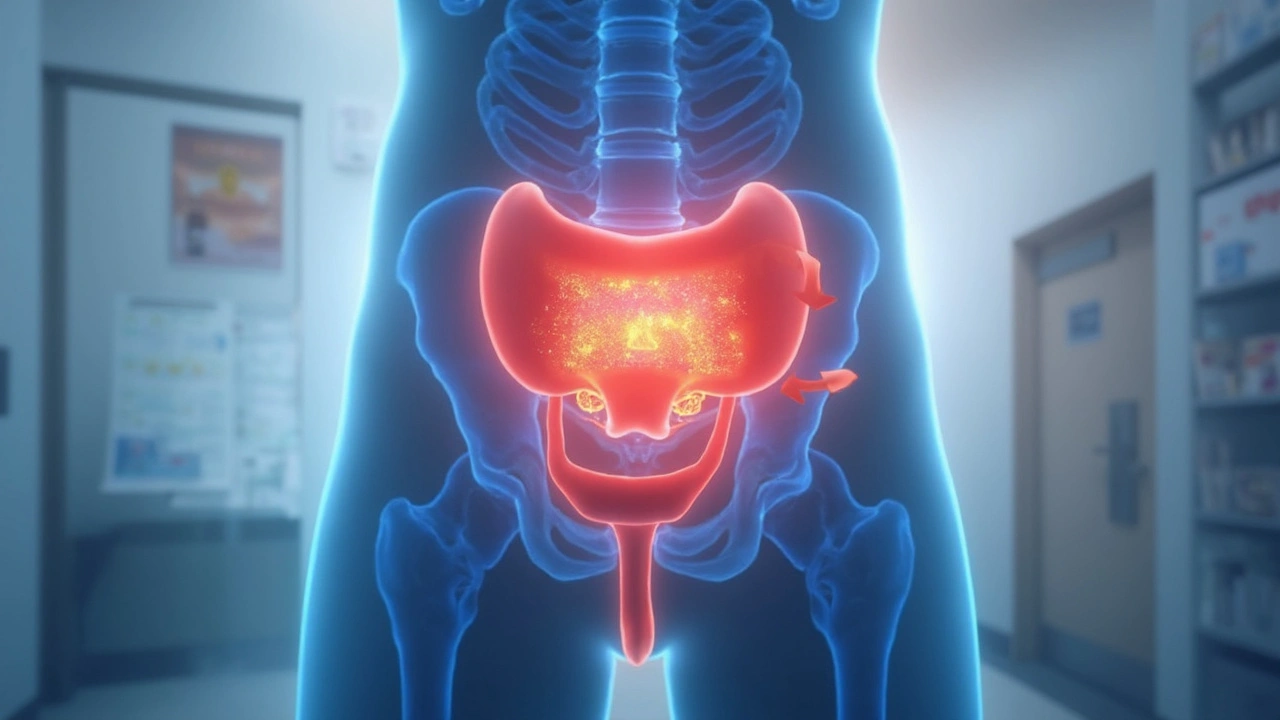Cancer Risk – What Raises It and How to Lower It
When you hear the word "cancer," you probably think of scary headlines and tough treatments. But the truth is, many everyday choices can push your risk up—or pull it down. Understanding the main contributors lets you take control without feeling overwhelmed.
Common Risk Factors You Can Spot
First up, smoking. It’s still the number‑one cause of lung, throat, and several other cancers. Even occasional cigars or vaping can add up over years. If you’re a smoker, quitting is the single most effective move you can make.
Next, diet. Meals heavy on processed meats, sugary drinks, and fried foods give your body extra chemicals that can damage cells. Swapping a packaged lunch for a bowl of veggies and lean protein cuts that exposure dramatically.
Alcohol plays a sneaky role, too. The more you drink, the higher the odds of liver, breast, and colon cancers. Sticking to moderate limits—one drink a day for women, two for men—keeps the risk in check.
Being overweight isn’t just a heart‑issue; excess fat releases hormones that can fuel tumor growth. Regular movement and balanced calories help maintain a healthy weight and lower the odds of many cancers.
Sun exposure is another big one. UV rays damage skin DNA, leading to melanoma and other skin cancers. Wearing sunscreen, a hat, and avoiding peak sun hours are simple ways to protect yourself.
Family history and genetics matter, too. If close relatives had cancer, you inherit a higher baseline risk. Knowing your family’s health story lets you and your doctor plan smarter screening.
Practical Ways to Cut Your Risk
Start with a smoke‑free life. If quitting feels tough, try nicotine patches, counseling, or a quit‑line—most people need a combo of tools to succeed.
Boost your diet with colorful fruits, leafy greens, whole grains, and beans. These foods are packed with antioxidants that help repair DNA damage before it turns cancerous.
Limit alcohol or skip it entirely. If you do drink, choose lower‑alcohol options and sip slowly.
Move your body for at least 150 minutes a week. It doesn’t have to be a gym marathon; brisk walks, dancing, or cycling work just as well.
Check your weight regularly. Even a modest loss of 5–10 % of body weight can shave years off your cancer risk profile.
Guard your skin. Use a broad‑spectrum SPF 30+ sunscreen every day, even when it’s cloudy, and reapply after swimming or sweating.
Stay on top of screenings. Mammograms, colonoscopies, pap smears, and skin checks catch early changes when treatment is easiest.
Vaccinations matter, too. The HPV vaccine prevents infections linked to cervical and throat cancers, while the Hepatitis B shot lowers liver cancer risk.Finally, manage stress. Chronic stress can weaken immune defenses. Simple habits—regular sleep, mindfulness, or hobbies—keep cortisol levels balanced.
Putting these pieces together doesn’t require a total life overhaul. Pick one habit to tweak each month, celebrate small wins, and let the changes stack up. Over time, you’ll build a lifestyle that keeps cancer risk low and health high.
Remember, you’re not alone in this journey. Talk to your doctor about personalized risk factors, ask for resources, and lean on friends or family for support. The more you know and act, the stronger your defense against cancer becomes.
Urinary Retention and Its Surprising Connection to Bladder Cancer Risk

Holding it in too long? Turns out, it's not just uncomfortable—chronic urinary retention may increase the risk of bladder cancer. This article explains exactly how these two conditions are related, includes the latest medical facts, and gives practical tips for taking better care of your bladder. If you've been ignoring symptoms, you might want to read on.
